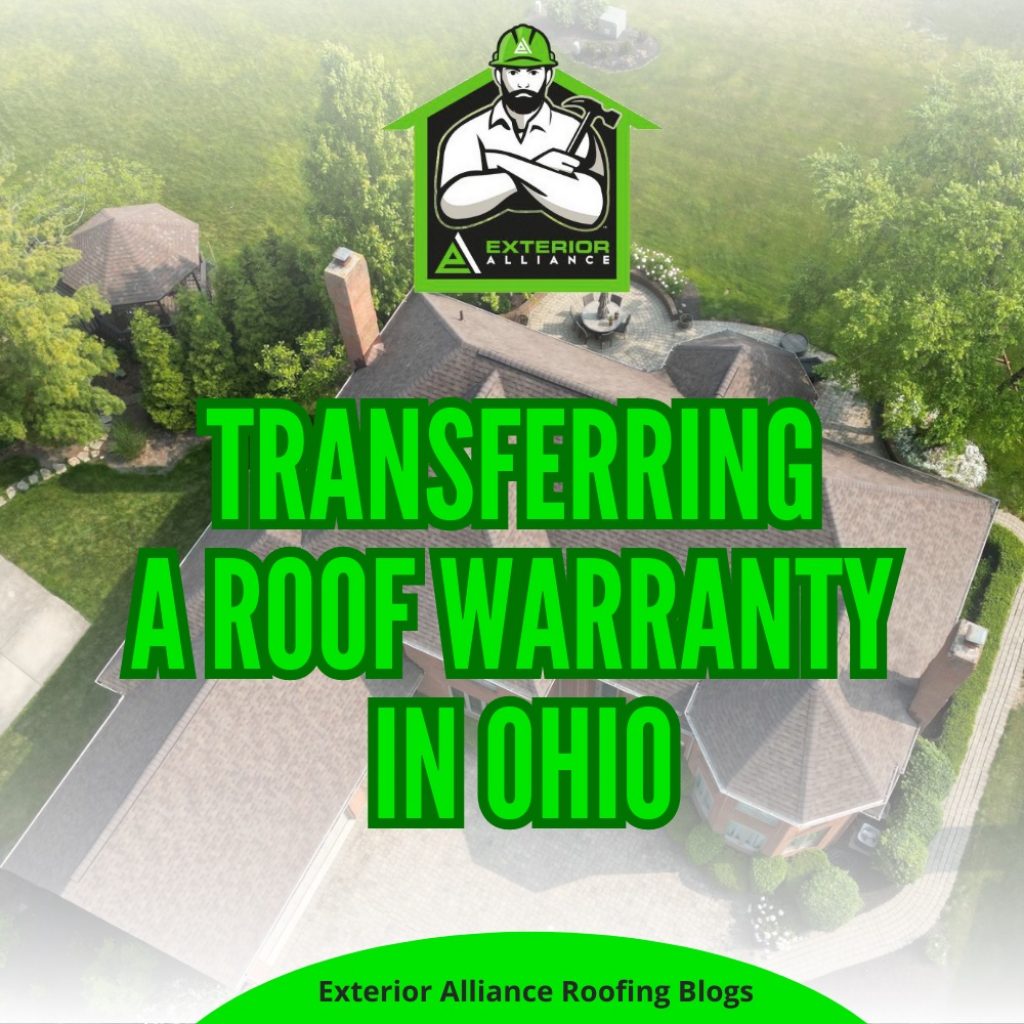
Introduction
In this comprehensive guide, we provide you with the essential information and step-by-step instructions on how to transfer a roof warranty. At Exterior Alliance, we understand the importance of a roof warranty and the peace of mind it offers to homeowners. Whether you’re buying or selling a house, ensuring the seamless transfer of the roof warranty is crucial. Follow our guide to navigate the process smoothly and protect your investment.
Understanding Roof Warranties
Before we delve into the details of transferring a roof warranty, it’s important to understand what it entails. A roof warranty is a legally binding document issued by the manufacturer or installer that guarantees the quality, durability, and performance of your roof for a specified period. It typically covers defects in materials, workmanship, and other specific aspects mentioned in the warranty terms.
Checking the Existing Roof Warranty
To begin the process of transferring a roof warranty, you must first examine the existing warranty. Obtain a copy of the warranty document and carefully review its terms and conditions. Look for any clauses or limitations related to transferability. Some warranties may allow for a transfer, while others may require specific conditions to be met. Familiarize yourself with these requirements to ensure a smooth transfer.
Contacting the Roof Manufacturer or Installer
Once you have reviewed the existing warranty and confirmed its transferability, the next step is to get in touch with the roof manufacturer or installer. Locate their contact information, which is typically available on their website, and reach out to their customer service department. Inform them about your intention to transfer the warranty and inquire about the necessary procedures and documentation.
Documentation and Paperwork
During your communication with the roof manufacturer or installer, they will provide you with the required documentation and paperwork to initiate the warranty transfer process. These documents may include a transfer request form, proof of ownership or sale, and any additional information specific to the warranty provider. Ensure that you carefully fill out all the necessary forms and gather the requested supporting documents.
Roof Inspection and Maintenance
Before the warranty transfer can be finalized, it’s common for the roof manufacturer or installer to require a roof inspection. This inspection aims to assess the condition of the roof and verify that it has been properly maintained. It’s important to ensure that the roof is in good condition, free from any major damages, and has undergone regular maintenance as specified in the warranty terms. Consider scheduling a professional roof inspection to address any potential issues before the transfer.
Transferring the Warranty
Once you have completed all the required documentation, submitted the forms, and had the roof inspected, you can proceed with the actual transfer of the warranty. Follow the instructions provided by the roof manufacturer or installer, and make sure you adhere to any specific guidelines or timelines. Keep copies of all the documents and correspondence related to the warranty transfer for future reference.
Updating Ownership Information
As part of the warranty transfer process, it’s crucial to update the ownership information with the roof manufacturer or installer. Provide them with the necessary details, including the new homeowner’s name, contact information, and address. This step ensures that the warranty remains valid and the new homeowner can access the benefits and services outlined in the warranty terms.
Conclusion
Transferring a roof warranty is an important process that protects both the buyer and the seller during a real estate transaction. By following our comprehensive guide, you can navigate the transfer process smoothly and ensure the continuity of warranty coverage for the new homeowner. Remember to carefully review the existing warranty, communicate with the roof manufacturer or installer, complete the necessary paperwork, and update ownership information. By taking these steps, you’ll have peace of mind knowing that your roof is protected and the warranty remains in effect.
LATEST BLOG POSTS
- Choosing The Right Roofing Material For Your Home in 2023
- 10 Questions To Ask Before You Hire A Roofer
- Hiring a Professional for Roof Inspection: Why and How
- Understanding Insurance Claims: A Comprehensive Guide for Roof Damage from Wind and Hail
- What To Look For When Choosing A Roofer In Columbus, Ohio
Schedule A Free Consultation
If you still have questions about your home, feel free to contact us

